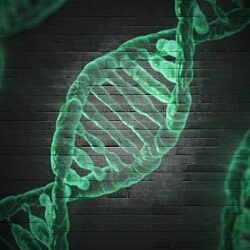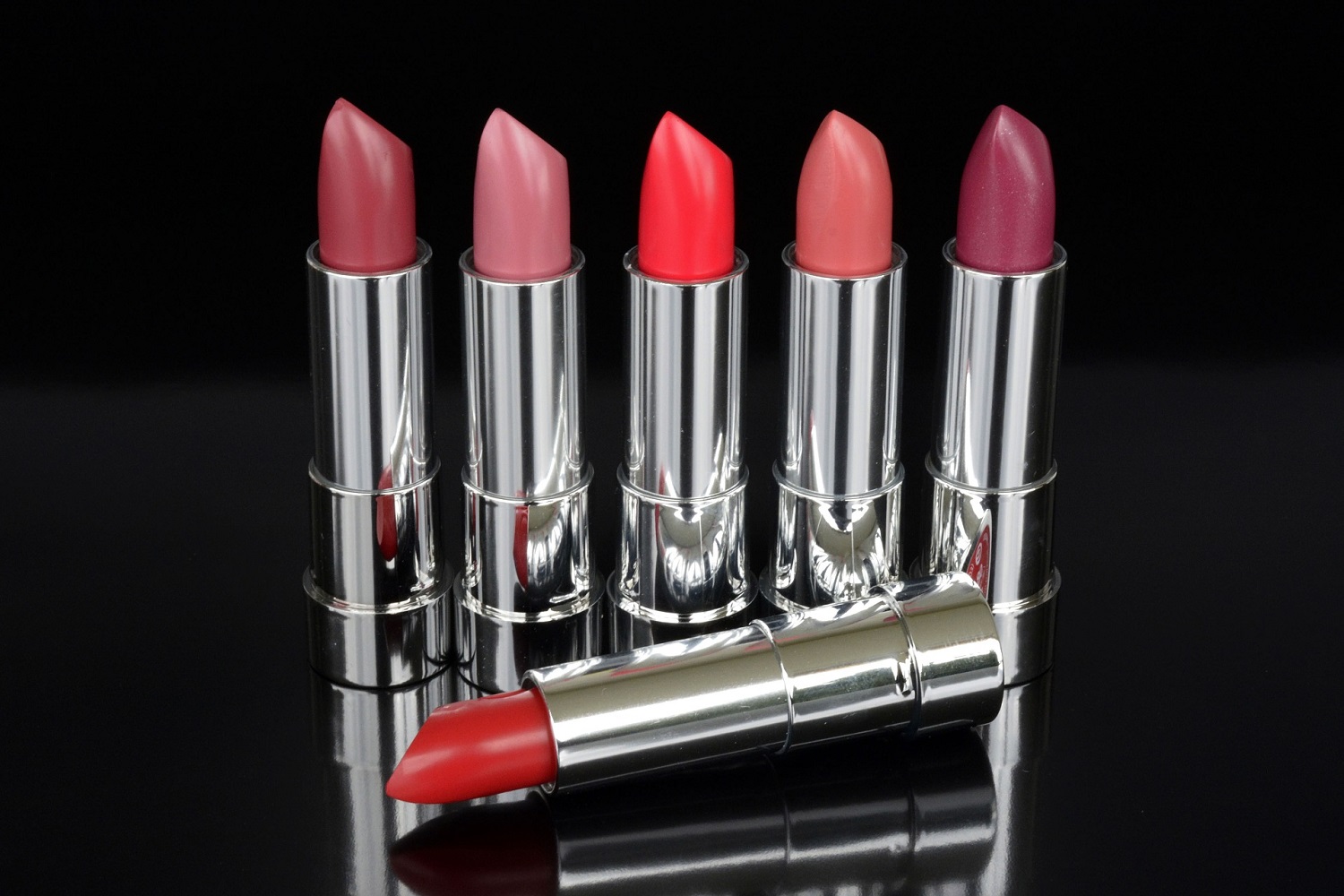What lipstick is made of: the benefits and harms of its constituent substances
The creator and first “user” of lipstick was Cardinal de Richelieu of the Catholic Church. He suffered from excessive dryness of the lips and tried everything to cure it. One day his physician mashed apples and mixed them with oil. This mixture moistened his lips perfectly, healed the cracks and he liked it so much that he began to use it constantly. It was the first hygienic lipstick.
Nevertheless, lipstick wasn’t very popular – you can’t make it in stock, you can’t take it with you, it’s liquid, it’s not handy. But at the beginning of the twentieth century, everything changed – lipstick was mixed with deer fat to make it hard, and then almost modern twist-off tubes were invented.
In the late forties, lipstick production was automated, and its victorious march across the planet began.
Composition
Naturally, over these 60-70 years, the chemical composition of lipstick has changed and is very different from what it was at the beginning of history.
The main five components are:
- base,
- dyes,
- pigments,
- preservatives,
- fragrance,
- additives.
And almost 95% of it comes from the first ingredient.
The base
It consists of waxes and wax-like substances. They are needed for the lipstick to be firm, easy to apply to the lips and to stay well on them. Their total amount is usually about 30%.
The most common ones are:
- beeswax,
- carnauba wax,
- candelilla wax,
- rose wax,
- Animal wax lanolin (derived from sheep’s wool),
- paraffin.
Naturally, all these components are very expensive, especially carnauba and candelilla waxes, so they are partially replaced by synthetic fat-like products such as:
- butyl stearate,
- isopropyl palmitate,
- isopropyl myristate.
Waxes are needed in lipstick to bind all the components of its composition, to give the resulting mixture uniformity, hardness and plasticity. It is thanks to them that a persistent film is formed on the surface of the lips. And as the waxes have a melting point of 60 to 80 degrees (Celsius), thanks to them, the lipstick does not smudge on the lips.
The next equally important component of the base is the oils. They make up about 65% of the total substances. Most often it is castor oil. Sometimes olive oil or synthetic oils are added (to make the cost cheaper).
The role of the oil is to dissolve the dyes in the lipstick, not to let them precipitate out, but to spread evenly over the entire volume and to beautify your lips just as evenly.
The next ingredient is dyes.
Most often these are synthetic substances that are obtained (as a byproduct) from petroleum and coal tar.
Of course, there are also natural dyes, the most common of which is carmine, which gives shades of light pink to red-purple. It is derived from wheat worms. To be honest, I do not know what they are, but I do know that they have an unenviable fate: to obtain the dye, they are boiled in sodium carbonate, and then – in alum potassium alum.
The result is red crystals, which are used as a dye not only in cosmetics (now rare), but also in cooking (often). This is the food additive E120, which is actively used in the production of beverages, jams, marmalade.
Both natural and synthetic dyes dissolve in the oils and fats that are part of the lipstick base. They do not produce a stable color, because they are transparent and are highly photosensitive, which makes them quickly “fade” in the light. That is why pigments are added to help them.
Pigments
They can also be natural or synthetic.
Natural ones are obtained by grinding natural materials – mica, quartz, and some fish scales. The first two materials are cheap, but the last significantly increases the cost of lipstick, so it is used only in elite cosmetics.
However, they all have the same effect – to give a pearly shine to the lipstick.
Synthetic pigments are most often iron and titanium oxides. They are responsible for the color.
Iron oxides make all possible shades of red, and titanium oxide dilutes them to produce pink.
Preservatives, additives, fragrances
Do you really think there are cosmetics without preservatives? No, there isn’t! They are added even to homemade cosmetics, it’s another matter what kind. That’s what we’re going to talk about.
Without preservatives any lipstick will turn into something bad smelling and rancid after three days, even if you follow all the rules for storing cosmetics. They are designed to protect against oxidation.
There are many kinds of preservatives, but in any case – as safe as possible for your health. They used to use formalin and boric acid, but then abandoned it. Now it is mostly different salts of benzoic acid in very small amounts.
As for fragrances, I don’t think there’s any question of their necessity – without them, you’ll just go crazy with the smells of the fats in the base. Especially lanolin is guilty of this. That’s why most often nowadays not pure lanolin is added to lipstick, but its modification – oxyethylated lanolin, which has no smell.
However, there are quite a few people who can not stand the smell of cosmetics. Such people have to carefully choose both lipstick and all other cosmetic products.

